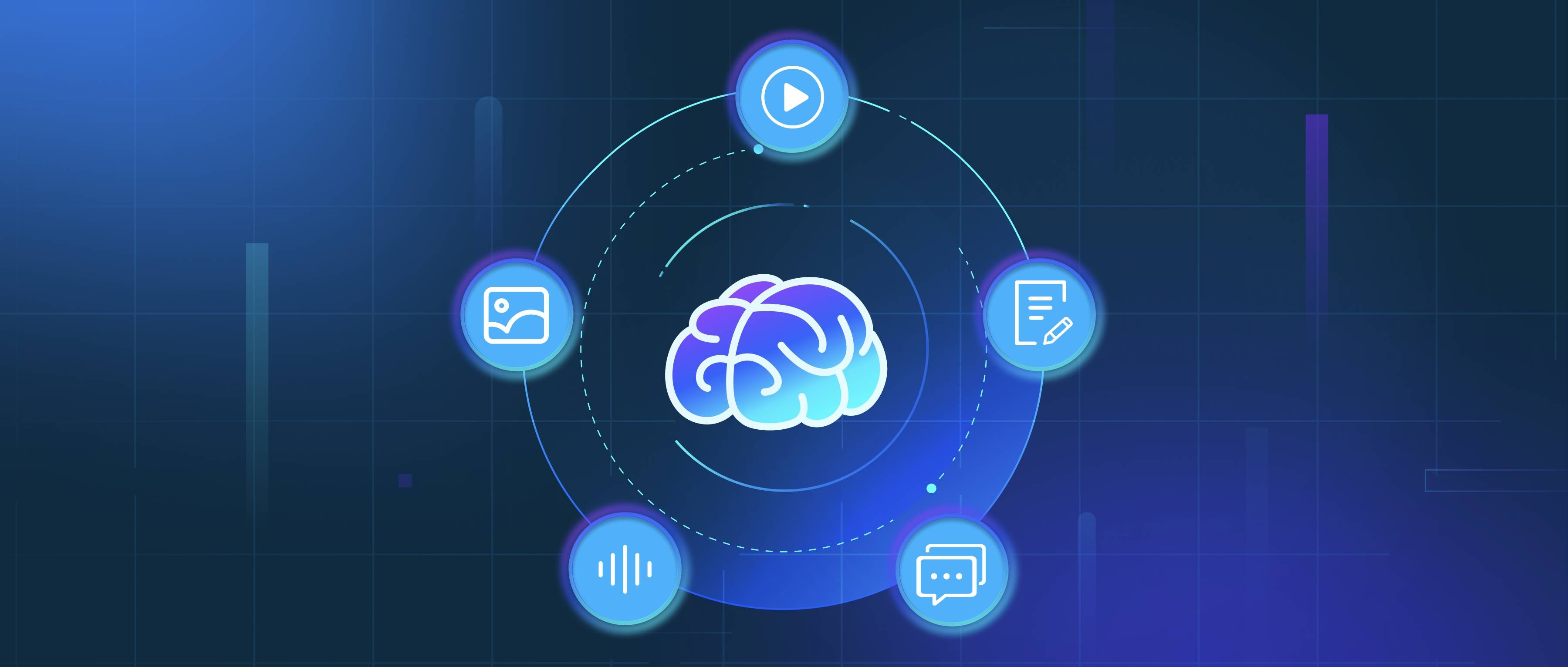Deep learning scales effectively to large datasets primarily due to its ability to leverage parallel processing and hierarchical feature learning. Unlike traditional machine learning models, which may struggle with the complexity and volume of data, deep learning models, particularly neural networks, can handle vast amounts of information. This capability is largely attributed to their architecture, consisting of multiple layers of neurons that can learn progressively more abstract features from the data. For instance, in image recognition tasks, early layers might identify edges and textures, while deeper layers can recognize shapes and objects. This hierarchical structure allows the model to extract meaningful patterns from large datasets efficiently.
Furthermore, the availability of powerful hardware, such as GPUs (Graphics Processing Units) and TPUs (Tensor Processing Units), has significantly enhanced deep learning's scalability. These hardware accelerators are designed to perform many calculations simultaneously, which is crucial for training models on large datasets. For example, training convolutional neural networks (CNNs) for image classification can take days or weeks if done on standard CPUs, but with GPU acceleration, the time can be reduced to hours. Frameworks like TensorFlow and PyTorch also facilitate this by providing built-in functionality for distributed training, allowing multiple machines to work together on a single large model, which spreads the computational load.
Lastly, effective data management techniques also play a vital role in scaling deep learning to large datasets. Data augmentation, for instance, can artificially expand a dataset by creating modified versions of existing data points, helping to prevent overfitting and improving model generalization. Additionally, data preprocessing methods, such as normalization and batching, enhance the learning process by ensuring that the model receives data in a suitable format and size. Together, these techniques enable deep learning models to be trained on larger datasets more efficiently, ultimately improving their performance and accuracy.
